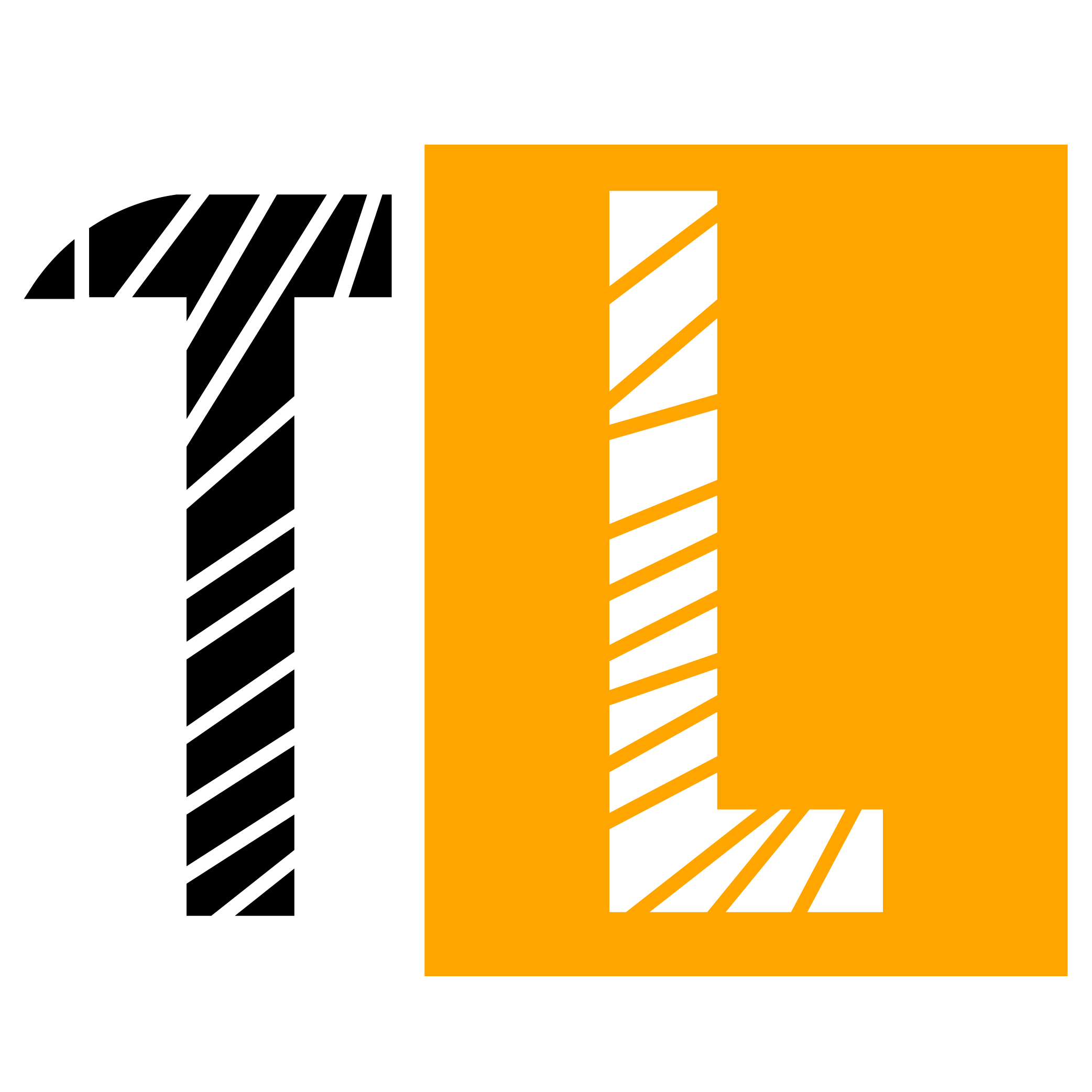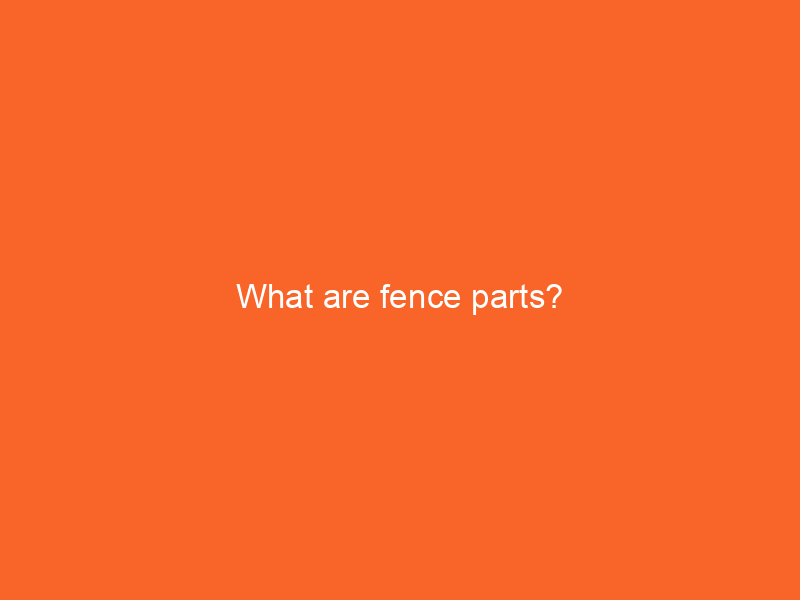Demystifying Wood Fences: Exploring Its Components
When envisioning a wood fence, it’s easy to picture pickets lining up neatly. However, the anatomy of a wood fence is far more intricate. Beyond pickets, a wood fence comprises several essential components, each serving a unique purpose in ensuring durability and aesthetics. Understanding these elements is vital for anyone considering a wooden fence for their property.
Posts: The Backbone of Stability Posts,
often crafted from 4” x 4” planks, are the backbone of a wood fence. They bear the fence’s weight and are installed by boring into the ground, filling the holes with concrete, and securely placing the posts. Post caps and finials enhance the fence’s visual appeal and offer protection against the elements.
Pickets: More Than Meets the Eye Pickets
also known as slats or boards, are the most recognizable part of a wood fence. They come in various sizes and thickness levels, with common industry sizes being 42” or 72” tall and ⅝” thick. Pickets can be arranged closely for complete privacy or with gaps, allowing a balance between sunlight and privacy.
Rails: Horizontal Strength Rails,
or backer rails, run horizontally along the length of the fence, and are crucial for picket attachment. The number of rails varies based on the fence style, typically two or three. These rails, made with sturdy 2x lumber, provide strength and support.
Additional Components Enhancing Functionality and Style Beyond the main components, additional elements contribute to function and style. The cap board, a flat piece of wood atop posts and pickets, shields exposed ends and adds aesthetic appeal. Kickboards or mud boards at the fence’s base prevent decay by keeping the main posts and pickets above the ground. Trim boards conceal fasteners, providing a polished look, especially if the fence borders a neighbor’s property.
The Gateway: Fence Gates Gates
serve as secure entry points to a fenced yard. Customizable to match the fence, gates include hinges and latches for security. Using three hinges enhances durability, ensuring the gate withstands regular usage.
Understanding these components paints a comprehensive picture of the intricacies of constructing a wood fence. Whether you’re focused on function, aesthetics, or both, a well-designed wood fence stands as a testament to craftsmanship and thoughtful construction. Our Austex Fence and Deck experts are ready to assist you with all your fencing needs and queries. Contact us today to transform your fencing ideas into reality.
What do you call the parts of a fence?
Fences have several key elements, each with a distinct name and function. The vertical elements, often known as “pickets” or “slats,” are the visible parts of the fence, forming its main structure. “Posts” are the sturdy vertical supports firmly rooted in the ground, ensuring the fence’s stability. “Rails” are the horizontal bars that connect the posts, supporting the pickets. Additionally, there are components like the “cap board,” which sits atop the posts, safeguarding exposed ends and enhancing aesthetics, and the “kick board,” placed at the base to prevent decay by keeping the fence above the ground. “Trim boards” are added for a polished appearance, concealing fasteners and giving the fence a finished look. “Gates” serve as entry points, completing the functional aspects of a fence. Understanding these specific names is essential for effective communication and maintenance of fences.
What are the three parts of a fence?
A typical fence comprises three essential components: posts, pickets (in-fill boards), and rails. Posts serve as the fundamental support, anchoring the fence firmly into the ground. These are installed by boring holes, adding concrete, and embedding the posts securely. Pickets, often synonymous with slats or boards, come in various sizes and thickness levels, offering options like dog ears, flat tops, and horizontal designs. They are the visible elements of the fence, providing both privacy and aesthetic appeal. Rails, also known as backer rails or fence stringers, run horizontally along the length of the fence, facilitating the attachment of pickets. Together, these components create a sturdy and complete fence, serving functional and decorative purposes for any property.
What are the parts of the wall fence?
A wall fence typically consists of several key components. The primary elements include sturdy posts that anchor the fence securely into the ground, providing essential support. Connected to these posts are the pickets or panels, which form the main body of the fence. These pickets can come in various materials and designs, offering options for both security and aesthetic appeal. Additionally, horizontal rails run between the posts, providing stability to the overall structure. Some wall fences also feature decorative elements such as caps or finials on top of the posts, enhancing the fence’s appearance and functionality. These components create a robust and visually pleasing wall fence, providing a protective barrier and enhancing the property’s exterior.
What is the top part of a fence called?
The top part of a fence is commonly called the “fence cap” or “post cap.” This component serves both a functional and decorative purpose in fencing structures. Functionally, it protects the upper end of the fence posts from moisture, preventing them from rotting or decaying prematurely. Additionally, it adds a finishing touch to the fence, enhancing its visual appeal. Fence caps come in various designs and materials, allowing homeowners to customize the look of their fences according to their preferences. These caps provide protection and contribute to the fence’s aesthetics, making it an essential element in fencing design.

